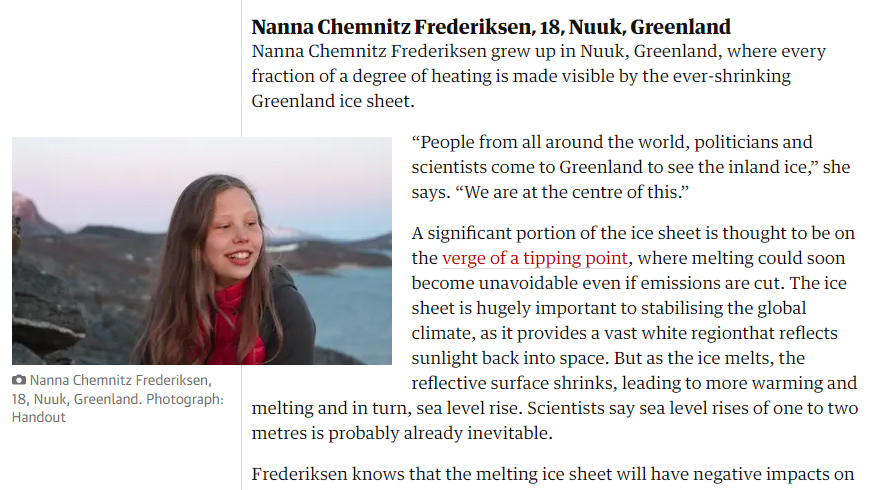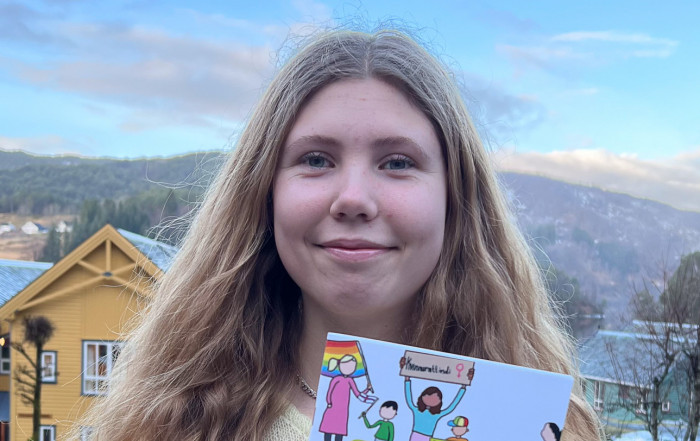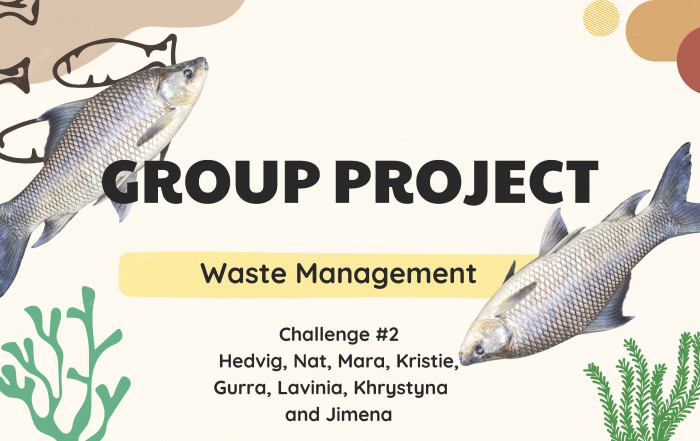“People from all around the world, politicians and scientists come to Greenland to see the inland ice,” she says. “We are at the centre of this.”
A significant portion of the ice sheet is thought to be on the verge of a tipping point, where melting could soon become unavoidable even if emissions are cut. The ice sheet is hugely important to stabilizing the global climate, as it provides a vast white region that reflects sunlight back into space. But as the ice melts, the reflective surface shrinks, leading to more warming and melting and in turn, sea level rise. Scientists say sea level rises of one to two metres is probably already inevitable.
Frederiksen knows that the melting ice sheet will have negative impacts on communities across Greenland, especially in northern settlements such as Qaanaaq where permafrost melting is destabilizing homes and roads and impacting how fishers and hunters operate.
But her real concern lies on the impact it will have globally. “I am not so scared of what the effects of the melting of ice in Greenland will be,” Frederiksen says, “It scares me what effect it can have for the rest of the world.”
Latest News
Oline Lykke Grand RCN’24
In these columns, we are introducing people: students, staff, former staff, and governance members of RCN. Today meet Oline Lykke Grand, our second year student from the Faroe Islands. Oline is passionate about human [...]
Nobel Peace Prize Celebrations in Oslo
This year the Nobel Peace Prize was awarded to Narges Mohammadi for her fight against the oppression of women in Iran and her fight to promote human rights and freedom for all. We [...]
Finding Solutions for Real-Life Problems Collaboratively: G4 Project
This month, our Class of 2024 carried out their Group 4 projects. The Group 4 project is a highlight of the IB Diploma Programme because of four key features: It involves science, which means [...]




